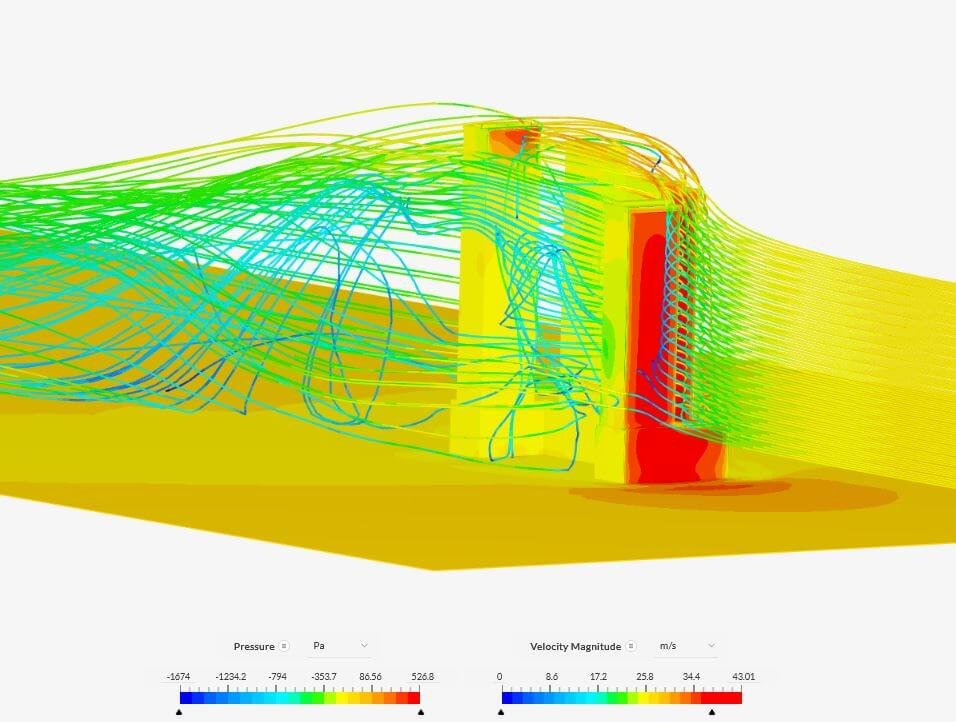Understanding tropical storm impact to landmark high rise development in the Philippines
Manila is a location exposed to a multitude of natural hazards, including tropical hurricanes, floods and earthquake. Hence, information on the future operating risk as well as the cost and benefits of incorporating risk reduction solutions during the design stage of a major landmark development is an important basis for decision-making.
In this project, Kinetica Risk studied the earthquake and wind response of a landmark mixed use 4-tower flagship development containing a large department store in the podium levels along with four condo towers in the central business district. Utilizing a combination of catastrophe risk and high-fidelity engineering tools, Kinetica Risk performed a comprehensive multi-hazard assessment of the building to quantify its exposure to seasonal extreme winds under different climate scenarios and earthquakes coming from the nearby active faults. At the same time, a probabilistic flood loss estimate under consistent climate change scenarios was also developed. The multi-hazard vulnerability assessment incorporates building content and distributions, thereby enabling the direct identification of cost-drivers that can be targeted for mitigation. The risk from extreme wind, flood and earthquake are combined probabilistically to develop a forecast of the key risk scenarios and likely losses for different design options, along with the business case for incorporating risk mitigating solutions in design.







